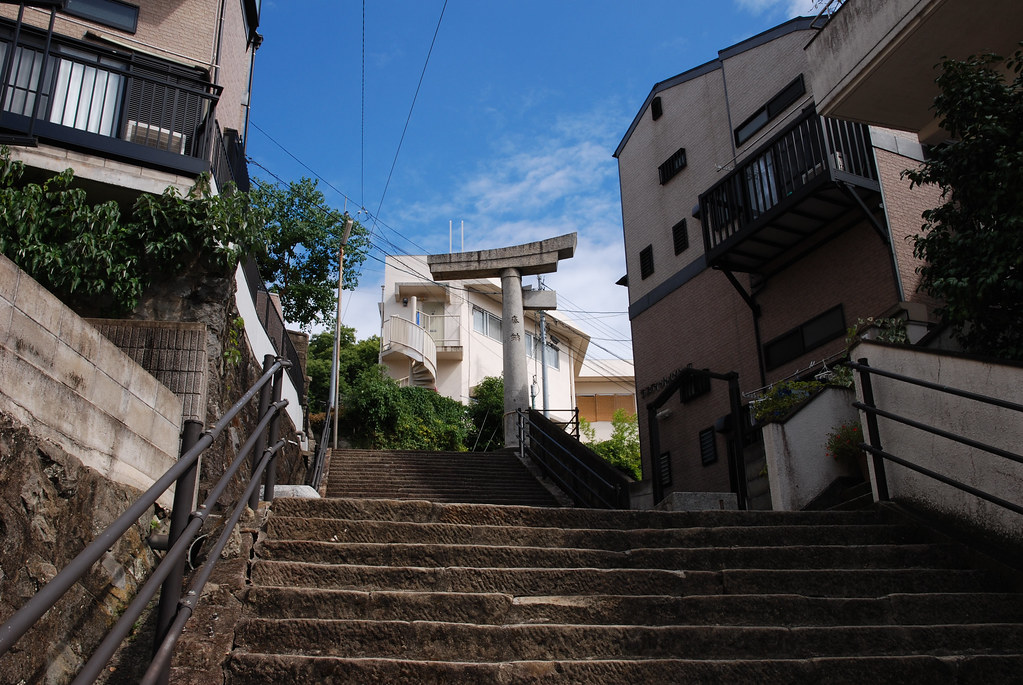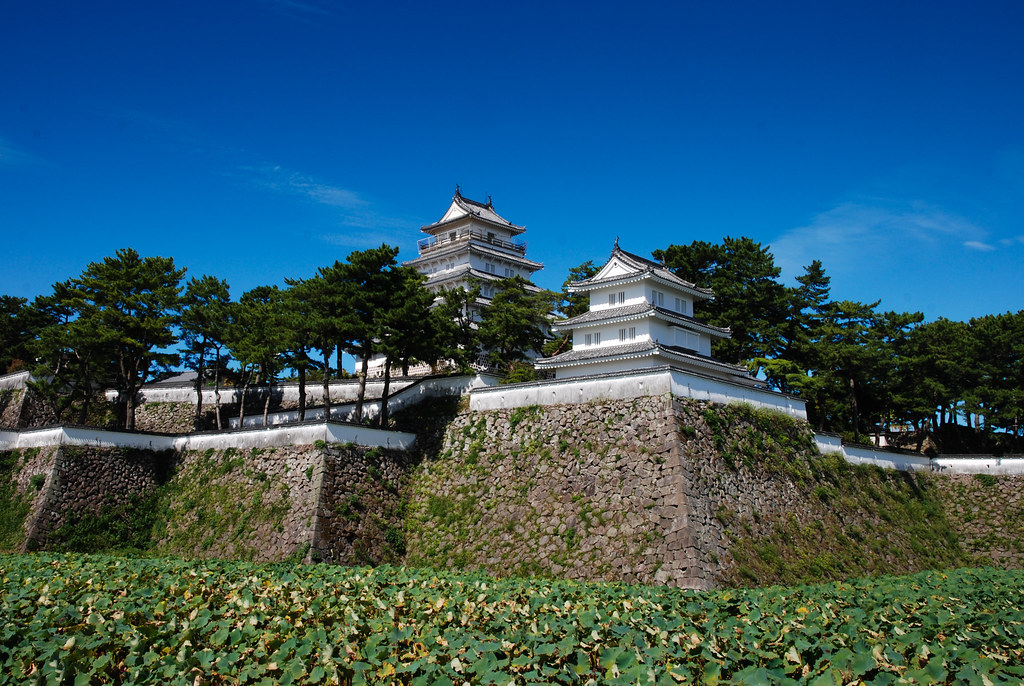Everybody knows of Nagasaki for one reason. And, like Hiroshima, it’s the home to both an excellent museum documenting the nuclear attack and some moving memorials to the victims. But, away to the South, there’s much more to see besides – if you’re in Kyushu, it’s a city I wouldn’t want to miss.
Transport and Trains
Coming from the land of the HS2 debacle (in which we spend so much time arguing about a train line that we’ll never, ever build one) I’ve often pondered quite how the Japanese government is able to push through new Shinkansen routes – last year, for example, I ended up in the spankingly new Shin-Aomori terminal, and that line is due to head even further North in future. Nagasaki, though, is proof that the Shinkansen planning doesn’t always run as smoothly as the trains: it’s been planned since the early 1970s, and is yet to be completed.
In the meantime, though, getting there isn’t much of a problem – Tokkyu limited express trains from Hakata Eki (Fukuoka) take a couple of hours. Once you arrive, there’s a huge tram stop directly outside the main JR Nagasaki JR station; like most Japanese trams it’s a simple chuck-coins-in-the-hopper-as-you-leave system with a flat fare.
If you plan to see a lot, though, stay inside the JR station and visit the tourist information centre: it sells a single tram pass, valid for unlimited rides on one day (handily, this huge cardboard ticket also has a tram map on it). The tram system only has a few lines and will get you just about everywhere.
The Bomb Hypocentre
The atomic hypocentre, memorials and museums are all to the North of the museums (if you’re coming out of the station and facing the tram lines, left) – head up to Hamaguchimachi or Matsuyamamachi stops, then turn right (the JR station at Urakami is closer than Nagasaki Eki, but I’m not sure if you can buy the tram pass there). You’ll soon find a large park area, with a simple monument (above) marking the hypocentre of the explosion. Further up are the memorials and museum. They’re all worth visiting, which will take a couple of hours plus time to put yourself back together afterwards.
Downtown
The other things to see in Nagasaki are all to the south of the JR station (again, tram it). In particular, the Suwa Shrine (above) is beautiful and also offers a great view down over the city – as I visited it was swarming with NHK television crews, setting up to film the mid-October Kunchi festival.
Also well worth a few hours is Dejima (below) – once an island, and an enclave for foreign traders, but now completely swallowed up by the city and a museum. A number of buildings have been reconstructed, and it’s particularly interesting to see the mix of Japanese and Dutch culture at work inside – tatami rooms, for example, with coloured, printed wallpaper and European furniture of the period.
There’s much more around the south of the town, too – a busy Chinatown, and long, thin shopping streets that wind off seemingly to the mountains. I stopped somewhere (honestly no idea where) at a restaurant filled with cat memorabilia, cat photos, cat books and, yes, cats, to try some champon – a ramen dish involving heaps of seafood and black pepper (and delicious).
Staying
With the Kunchi festival fast approaching, Nagasaki fills up in early October. I eventually found a room at the Business Royal Hotel (yes, despite the name), which is a short walk from the main JR station and a tram stop. It has a mix of western rooms and ‘ゆっくり和室’ (yukkuri washitsu – roughly, relaxing Japanese-style rooms?) – I stayed in one of the latter, which had two futons, tatami and a small TV (no internet, but the air con works).
It’s a little bit worn but perfectly nice, and the staff were very helpful when I arrived a bit early – I’d recommend it. Otherwise, there are a few business hotels including a JR Kyushu hotel and a Dormy Inn.
Shimabara
From Nagasaki, my plan was to head to Kumamoto. If you want to do this on a Japan Rail pass, you’ll need to head north east, towards the main Kyushu shinkansen line, then south – a bit of a long way around. I wanted to see the country east of Nagasaki, so took two trains to Shimabara, on the peninsular to the east.
To do this, take a JR train to Isahaya, then exit into the station concourse, buy a ticket on the Shimatetsu line (it’s the right hand ticket machine, no English signage at all), then double back onto the JR platform and you’ll find the Shimatetsu line on the far left platform. It’s a tiny, old-fashioned train that rumbles through the countryside to Shimabara (not the terminus stop, so listen out).
Shimabara has a big castle and an interesting history – the area was once home to a significant Christian population, and the related Shimabara Rebellion (1637-8, good summary here). Inside the castle there’s a museum with loads of related artefacts, including some interesting Christian symbols disguised as buddhist ones dating from the era of Christian persecution (many were killed, some were hurled into the nearby boiling-hot springs).
And speaking of hot springs: looming over Shimabara is an enormous volcano – Mt Unzen. It’s an impressive sight, but a worrying one – in 1792 it erupted, causing a megatsunami that shot across the bay, laid waste to the other side, then bounced back to hit Shimabara again – total death toll over 15,000. The last major eruption, in the 1990s, was also fatal.
From Shimabara a couple of ferries, some faster than others, run across the short hop to Kumamoto – and I planned to catch one. Unfortunately, though, an incoming typhoon meant that all were suddenly cancelled. If you can, take the short way across on the boat for a few hundred yen – I had to travel a very long way around, via Isahaya and Shin-Tousu by rail. Eventually, though, I made it to Kumamoto.
This is part of my Japan on a Budget series – a collection of random advice on how to travel Japan without spending a fortune. See the rest here.




